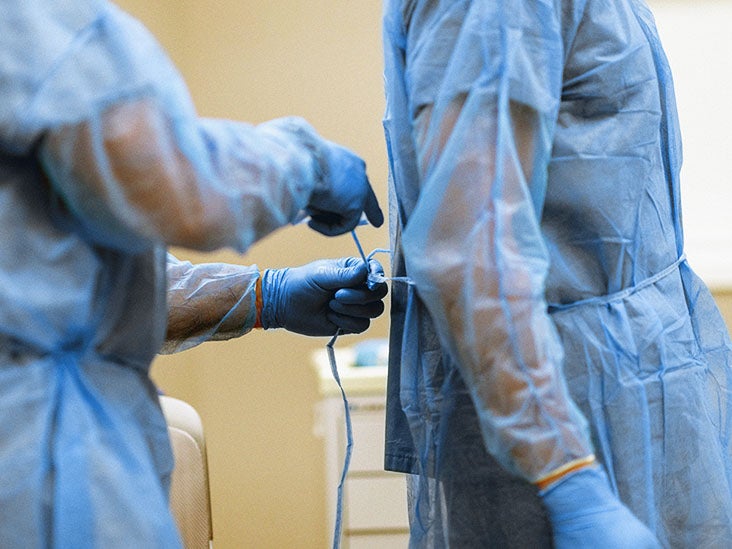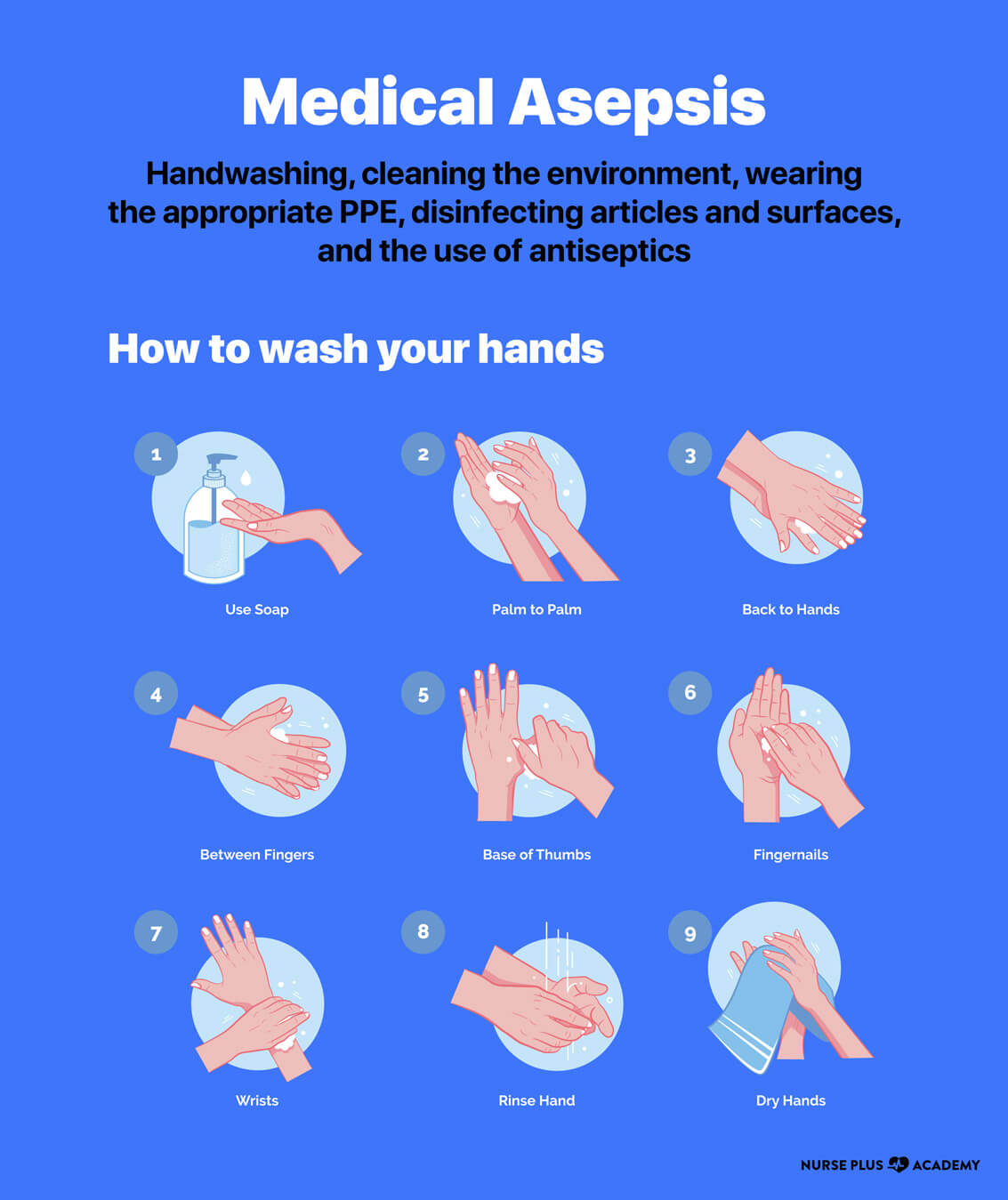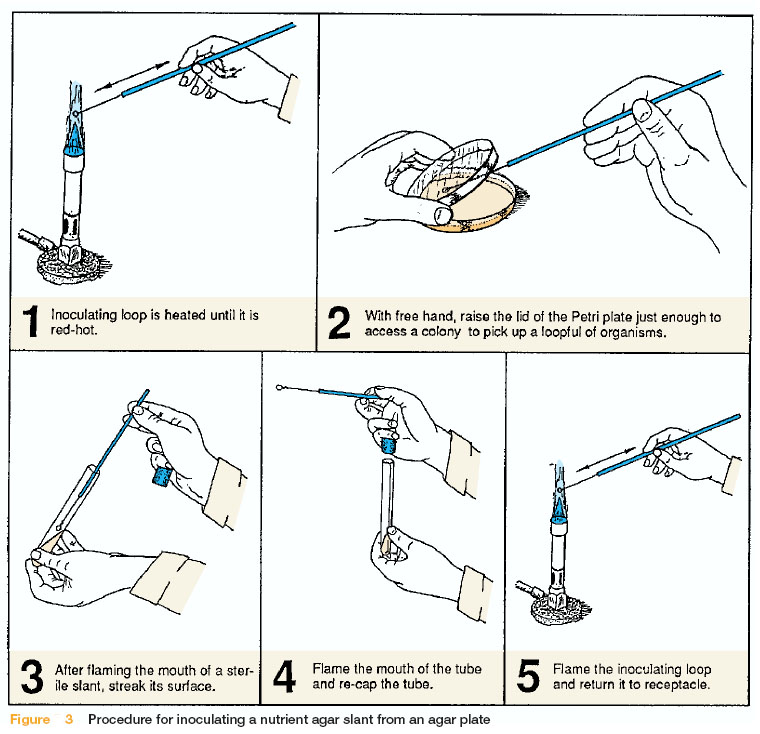

Patients are also at risk of acquiring infections when bacteria from the patient’s own skin infect a wound, when tissue has been damaged due to rough or excessive manipulation during surgery, or when excessive bleeding makes the tissue susceptible to invasion by microorganisms. These normal flora can also cause infection in an immuno-compromised patient who is especially susceptible to infection.

The usually harmless microorganisms found on the skin of a healthcare worker (HCW) may cause infection when introduced into an area of the patient’s body where they are not normally found, such as into a client’s internal organs during surgery. These practices also are designed to help the surgical team avoid being exposed to blood, body fluids, tissue and other potentially infectious material (OPIM) during surgical procedures.Īccording to the organization EngenderHealth, aseptic techniques are those which: remove or kill microorganisms from hands and objects employ sterile instruments and other items reduce patients’ risk of exposure to microorganisms that cannot be removed. The word “aseptic” is defined as “without microorganisms,” and aseptic technique refers to specific practices which reduce the risk of post-surgical infections in patients by decreasing the likelihood that infectious agents will invade the body during clinical procedures.

Alcohol is not a sterilant.Proper aseptic technique is one of the most fundamental and essential principles of infection control in the clinical and surgical setting. Autoclaving and gas sterilization are common effective methods. If aseptic technique and instruments cannot be used, a scientific justification must be provided in the protocol which will be reviewed by the IACUC and approved on a case-by-case basis.Īseptic technique includes preparation of the animal subject and the surgeon-including attire, scrub, and gloves sterilization of instruments, supplies, and implanted materials and the use of operative techniques to reduce the likelihood of infection. Please ensure that your animal use applications specify that all recovery surgeries will be done using aseptic technique. To aid you in this goal, written surgical guidelines for rodents are provided. Exceptions to these guidelines can sometimes be made but must be fully justified and approved in advance by the IACUC. This requirement is met by utilizing the surgery room contained within the Boston University Animal Science Center (BU ASC) and/or, in the case of rodents, identifying a dedicated area within your laboratory for animal surgery. In addition, the regulations require a dedicated area for all surgeries performed on vertebrate animals. This means setting up and maintaining a sterile field and utilizing sterile technique throughout the surgery. Therefore, please be advised that ALL survival surgeries performed on any vertebrate animal (including rodents), whether considered major (open body cavity) or minor, must employ aseptic technique.

BU IACUC Revised January 2014, Revised May 2019Īs stated in the Guide for the Care and Use of Laboratory Animals, which our assurance with the federal government requires us to follow, both major as well as minor surgical procedures on laboratory animals require aseptic technique and instruments (cf.


 0 kommentar(er)
0 kommentar(er)
